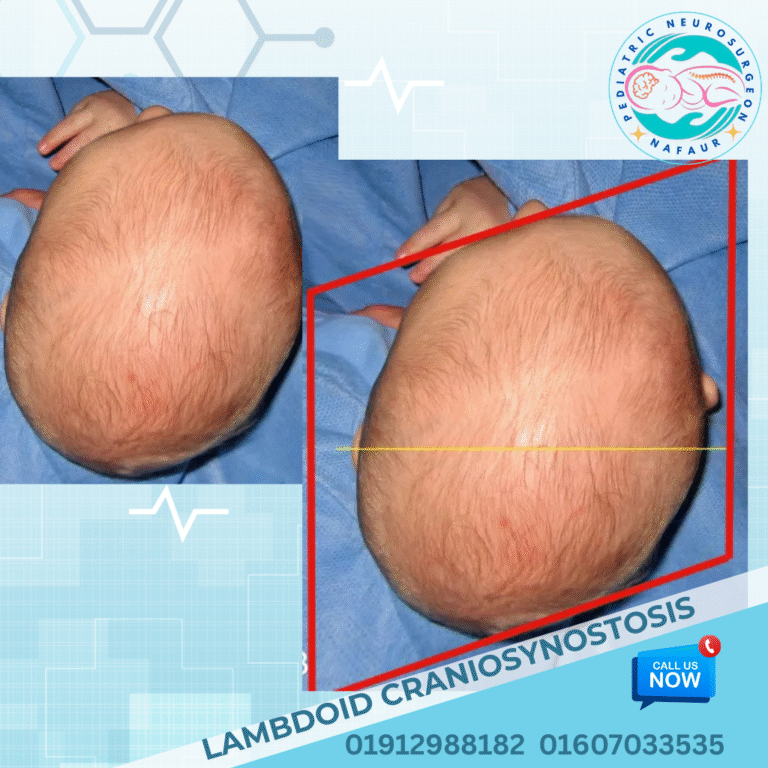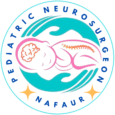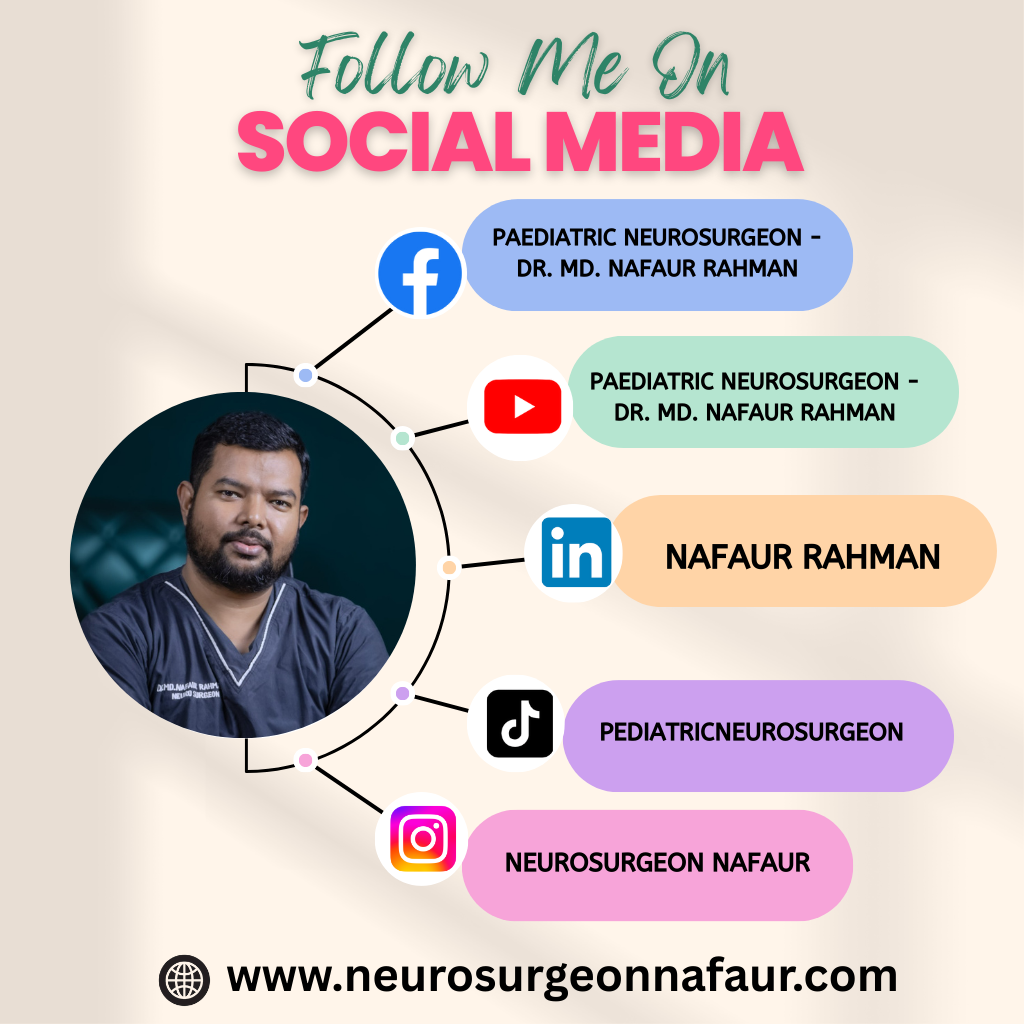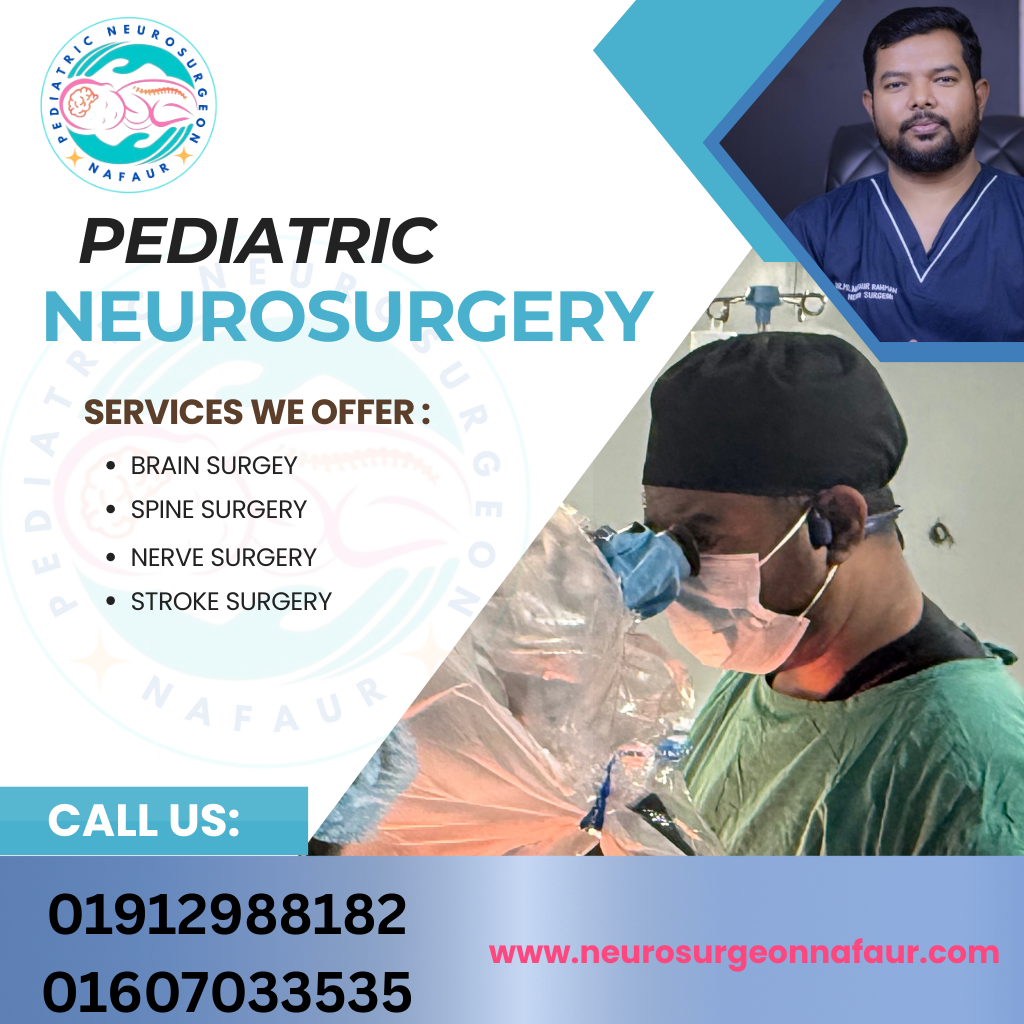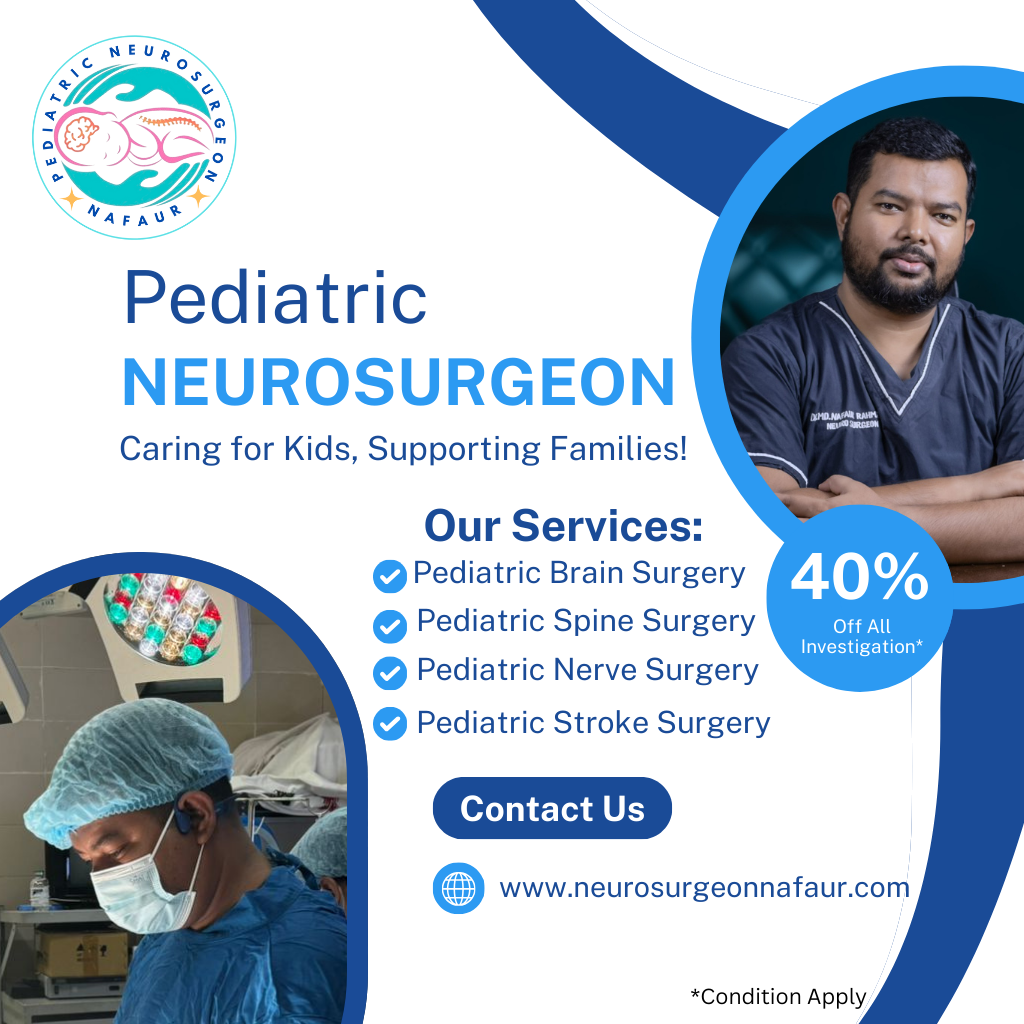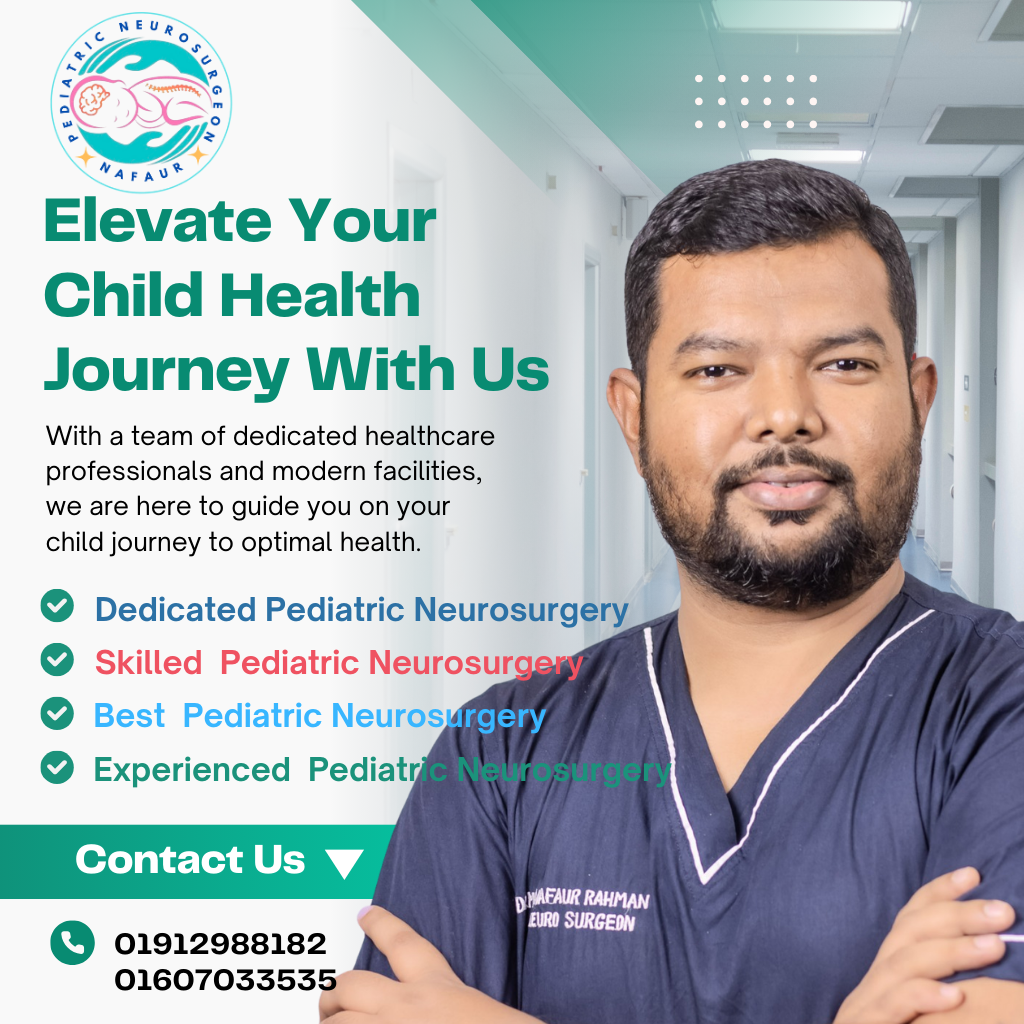Lambdoid Synostosis ( Posterior Plagiocephaly)
Lambdoid Synostosis ( Posterior Plagiocephaly)
Lambdoid synostosis, also known as posterior plagiocephaly, is a rare type of craniosynostosis caused by the premature fusion of one or both lambdoid sutures at the back of the skull. This early fusion restricts growth on the affected side of the occipital bone, resulting in asymmetric flattening of the back of the head with compensatory bulging on the opposite side. Lambdoid synostosis must be carefully distinguished from positional plagiocephaly (flattening due to external forces), as true lambdoid synostosis requires surgical correction to prevent neurological complications and restore normal skull shape. 🌍 Lambdoid Synostosis in the Bangladesh Context Awareness of lambdoid synostosis is limited among general practitioners and parents, leading to misdiagnosis as positional plagiocephaly Many children in Bangladesh present late due to lack of early newborn screening and limited access to pediatric neurosurgical services outside Dhaka Misdiagnosis delays necessary surgical intervention, increasing risk of intracranial pressure and developmental issues Expertise at National Institute of Neurosciences & Hospital (NINS) and Bangladesh Paediatric Neurocare Centre is vital for proper diagnosis and management Multidisciplinary approach is crucial for optimal outcomes in affected children ⚠️ Causes and Risk Factors Premature fusion of the lambdoid suture(s) during fetal skull development Genetic mutations affecting skull suture biology Intrauterine constraints or abnormal fetal positioning Rare syndromic associations Differentiation from positional plagiocephaly due to sleeping posture or external pressure is critical 🧒 Signs and Symptoms Noticeable asymmetry in the back of the head, with flattening on the affected side Bulging of the mastoid bone and occipital region on the opposite side Elevation and forward displacement of the ear on the affected side Possible compensatory frontal bossing and temporal bulging on the same side Head tilt or neck muscle tightness in some cases Neurological symptoms are rare but may occur if intracranial pressure rises Developmental delays in severe or untreated cases 🔍 Diagnosis and Imaging Careful clinical examination differentiating lambdoid synostosis from positional plagiocephaly Skull X-rays may show fused lambdoid suture and skull deformity CT scan with 3D reconstruction is the gold standard to confirm suture fusion and plan surgery MRI brain imaging if neurological symptoms or developmental concerns arise Assessment of hearing and vision, as lambdoid synostosis can occasionally affect these functions 🛠️ Surgical Treatment Options Surgery is the definitive treatment for lambdoid synostosis and is recommended as early as possible, ideally before 12 months of age, to allow for brain growth and skull remodeling. Surgical Goals: Release the fused lambdoid suture to allow normal skull growth Correct occipital asymmetry and restore skull shape Prevent or relieve intracranial hypertension Minimize surgical risks and ensure good cosmetic outcomes Common Surgical Techniques: Posterior Cranial Vault Remodeling: reshaping the back of the skull to correct asymmetry Endoscopic Assisted Surgery: minimally invasive option in selected infants combined with helmet therapy Repair of associated deformities such as ear displacement if necessary 🏥 Postoperative Care and Follow-Up Hospital stay typically 5–7 days, depending on procedure and patient status Pain control and infection prevention are priorities Follow-up imaging to monitor skull shape and brain health Helmet therapy after endoscopic surgery to aid skull reshaping Developmental and neurological assessments during follow-up Multidisciplinary care involving neurosurgeons, pediatricians, and rehabilitation specialists 🔄 Prognosis and Long-Term Outcomes Early surgical intervention leads to excellent cosmetic and functional results Prevention of complications such as intracranial hypertension and developmental delay Children generally achieve normal neurological development with timely treatment Lifelong monitoring recommended for complicated or syndromic cases Psychosocial benefits include improved appearance and quality of life 👨⚕️ Why Choose Dr. Md. Nafaur Rahman? Expert pediatric neurosurgeon specializing in craniosynostosis and complex skull deformities Extensive experience at the National Institute of Neurosciences & Hospital (NINS), Dhaka Chief Consultant at Bangladesh Paediatric Neurocare Centre providing multidisciplinary pediatric neurosurgical care Utilizes state-of-the-art imaging and surgical techniques tailored to Bangladesh’s healthcare system Compassionate care focusing on family education and support throughout treatment 📞 Schedule a Consultation for Lambdoid Synostosis (Posterior Plagiocephaly) Today Dr. Md. Nafaur Rahman Assistant Professor, Department of Pediatric Neurosurgery, NINS Chief Consultant, Bangladesh Paediatric Neurocare Centre 📞 Call for appointments: 01912988182 | 01607033535 🌐 Visit: www.neurosurgeonnafaur.com
